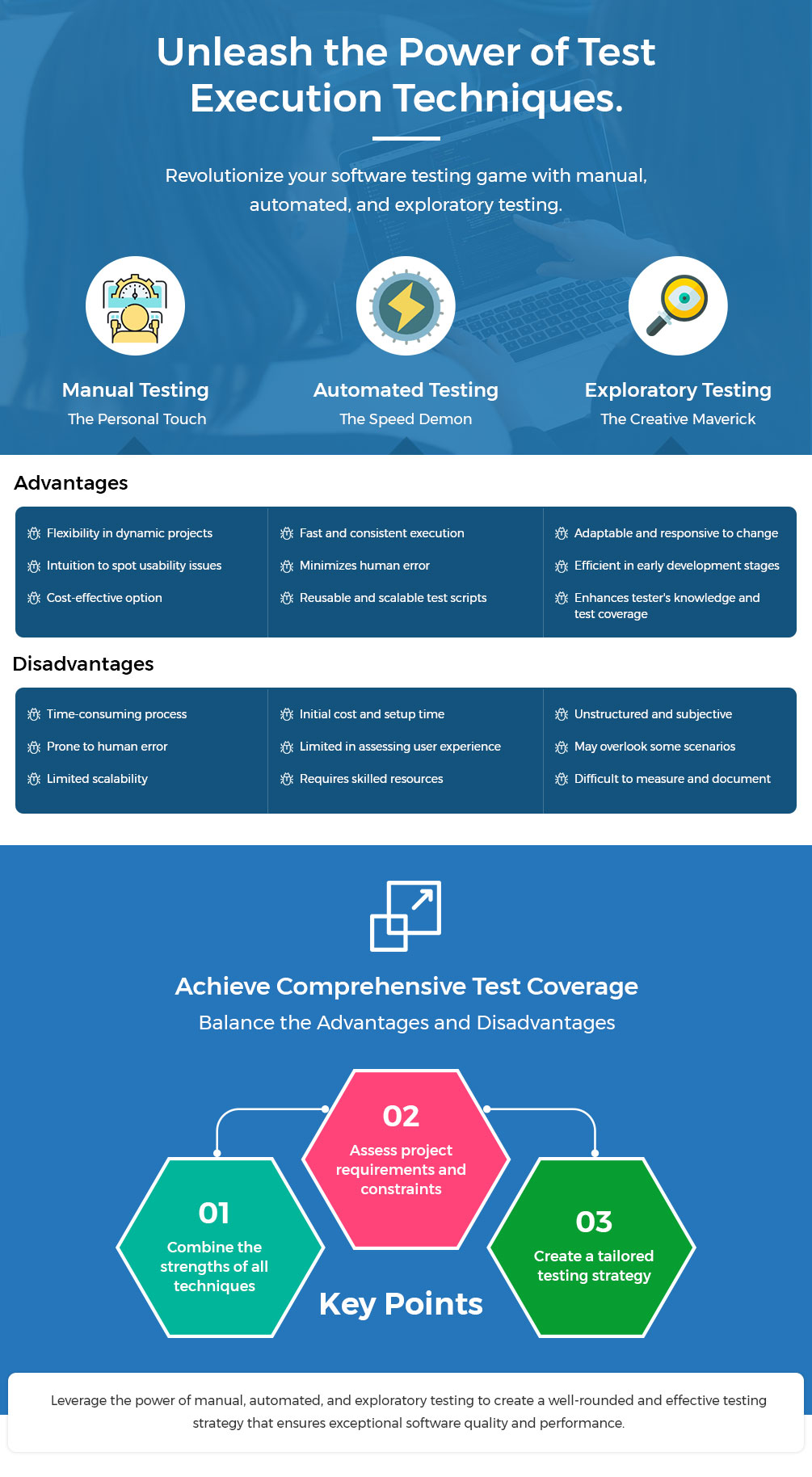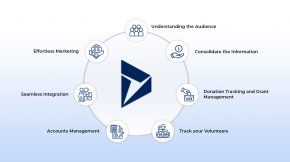-
Core Technologies
Core Technologies

Beyond Key ensures that our technical skill set is always up-to-date with the most current and latest technologies to support and enhance delivery capabilities.
-
Emerging Technologies
Emerging Technologies

Beyond Key's journey into Voice, IoT, and digital transformation aims to revolutionize the work process of current and future clients.
AI Services
- AI Development Services
- Generative AI Development Services
- AI Chatbot Development
- LLM Development Services
- AI Governance Consulting
- Natural Language Processing Services
- Custom AI Solution
- Computer Vision Consulting
- AI Agents Development Services
- Microsoft Copilots Agents
- Gen AI Readiness Assessment Service
IoT & Cognitive
-
Services
Services

Beyond Key excels in consulting with experience and delivering tailored, contextual solutions to complement your company’s goals on a variety of platforms.
Cloud
MS Dynamics 365
Data Analytics
- Data Analytics Services
- Data Migration Services
- EDM Services
- BI Managed Services
- Snowflake Consulting Services
- Data Management Consulting
- Data Integration Consulting
- Databricks Consulting
- Data Lake Consulting
- Data Governance Consulting
- Data Engineering Consulting
- Data Architecture Consulting
- Data Science Consulting
- Data Warehouse Consulting
-
Solutions
Solutions

Beyond Key delivers cutting-edge business solutions that help you simplify and streamline your complex business processes in any department.
-
Industries
Industries

Beyond Key is adding value to your business based on our cross-industry expertise.
-
Our Insights
Our Insights

Beyond Key provides access to a full-fledged library of curated content elaborating on our client case studies, technological processes, customer experience resources, and relevant tech news.
-
Company
Company

Beyond Key is a web and app development company with a focus on IoT and AI, constantly innovating and implementing new methodologies, frameworks, and best practices to give our clients a competitive edge.














